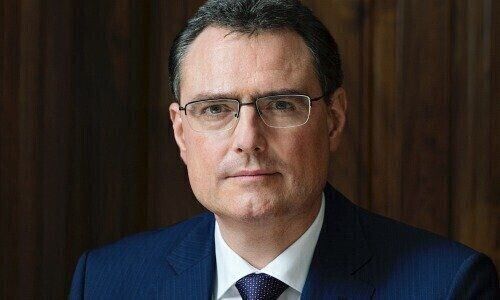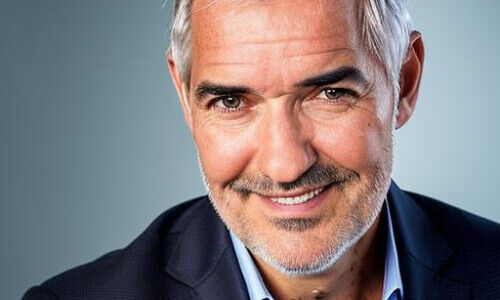It certainly is a busy week for central banks. In addition to the US Federal Reserve, the Bank of England, the central banks of Sweden, and Norway, the Swiss national bank will announce its rate decision Thursday.
Investors are expecting the world's most important central banks to again aggressively raise key interest rates in a battle against stubborn inflation. Even at the risk of their economies sliding into recession.
How much Fed Tightening?
The most significant interest rate signal this week comes from the US where The Federal Open Market Committee (FOMC) will meet on September 20 and 21 and announce its interest rate decision Wednesday. The discussion is not about whether, but by how much the rate hike will be and, critically, the Fed's target. After the consumer price index for August came in hotter than expected, the Fed is under pressure to respond.
According to the CME FedWatch tool, the market has fully priced in at least a 75 basis point hike in the US federal funds rate. Investors are now also no longer ruling out the possibility of a 100 basis point hike, to which they currently assign a probability of a 20 percent increase. A bump in rates of that magnitude would be the first such measure by the Fed since the early 1980s.
Powell's Difficult Task
The market will be paying particularly close attention to the performance of the so-called dot plot chart, representing the interest rate forecast of each Fed official. Investors expect interest rates to rise by another percentage point by the end of the year. Next year, they expect interest rates to start turning around in the middle of the year.
According to comments from Fed officials, meanwhile, the Fed seems determined to move away from the idea that rate cuts are likely in 2023. The markets are not convinced of this at the moment, and Fed Chairman Jerome Powell may find it difficult to dispel expectations for rate cuts in the second half of next year.
Positive Once Again
For its part, the SNB will raise its key interest rate for the second time this year on Thursday, thereby ending the era of negative interest rates in Switzerland. The European Central Bank (ECB) hiked interest rates by a larger-than-expected 75 basis points at its recent meeting this month and has expressed its willingness to continue raising interest rates sharply through the end of the year. This has increased the maneuvering room for the guardians of the Swiss franc led by SNB President Thomas Jordan.
Although inflation is also spreading in Switzerland, the SNB is currently in a much better position than most other leading central banks in terms of the inflation problem. Inflation in Switzerland is likely to remain lower than in the eurozone and the US in the coming year. This could argue - not least given the strength of the Swiss franc - in favor of a cautious interest rate hike of half a percentage point. Nevertheless, the majority of economists expect a rate hike of 75 basis points instead of «only» 50. Either way, that will spell the end of negative interest rates in Switzerland.
During a large part of the negative interest rate regime, banks were forced to park funds with the SNB which they had to pay the central bank to keep. Many, if not most of the banks passed the costs onto their customers in one form or another.
Room to Maneuver
One reason for the extra maneuverability is the SNB holds its monetary policy meetings every quarter. The ECB, by contrast, deliberates on monetary policy decisions every six weeks, so the SNB will likely use its room for maneuver to avoid having to follow up later at an extraordinary interim meeting.



































